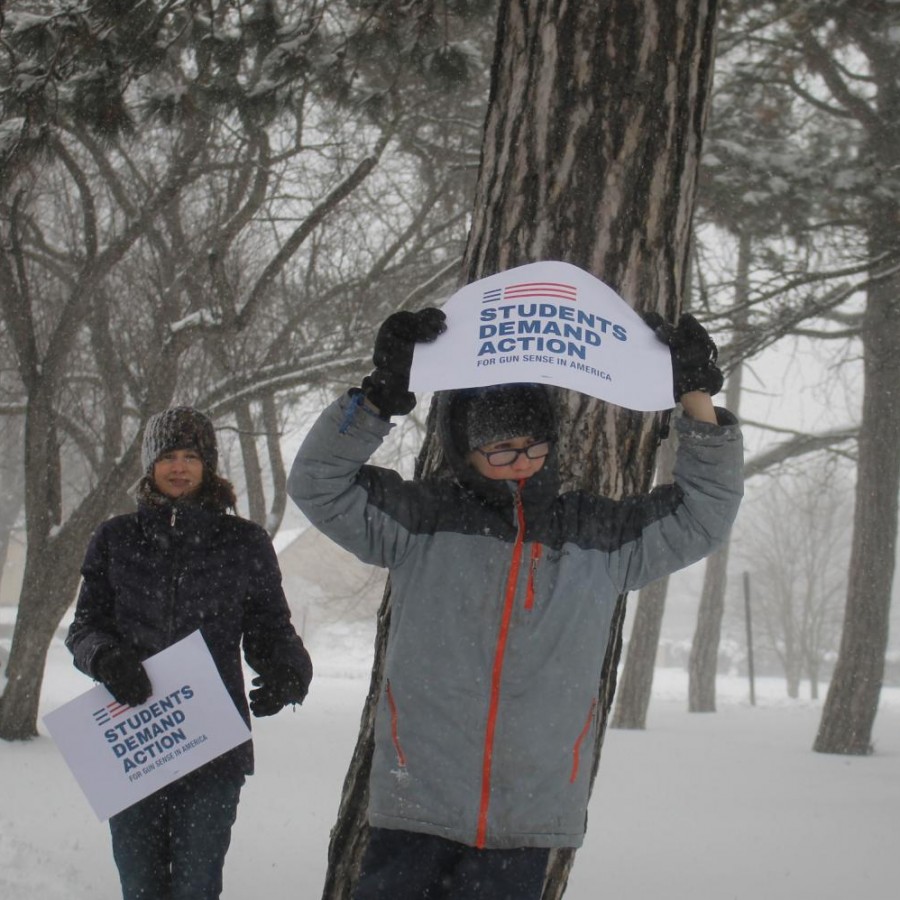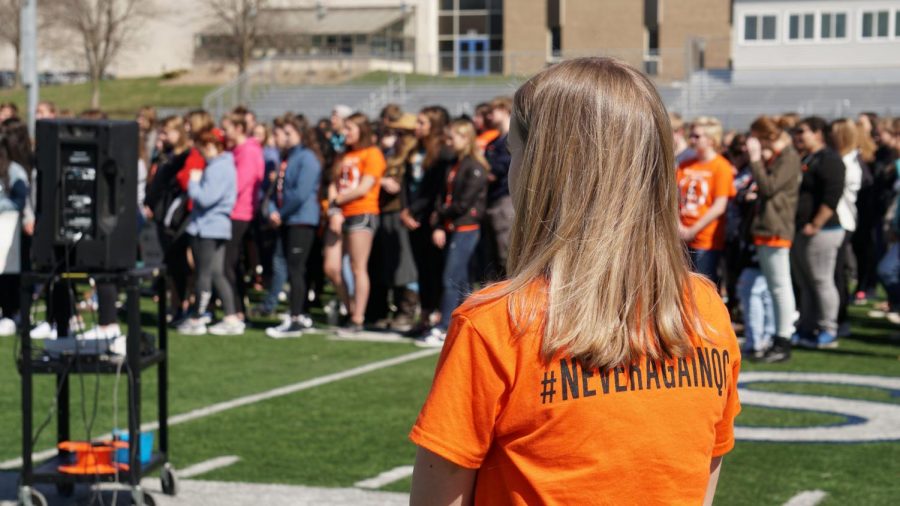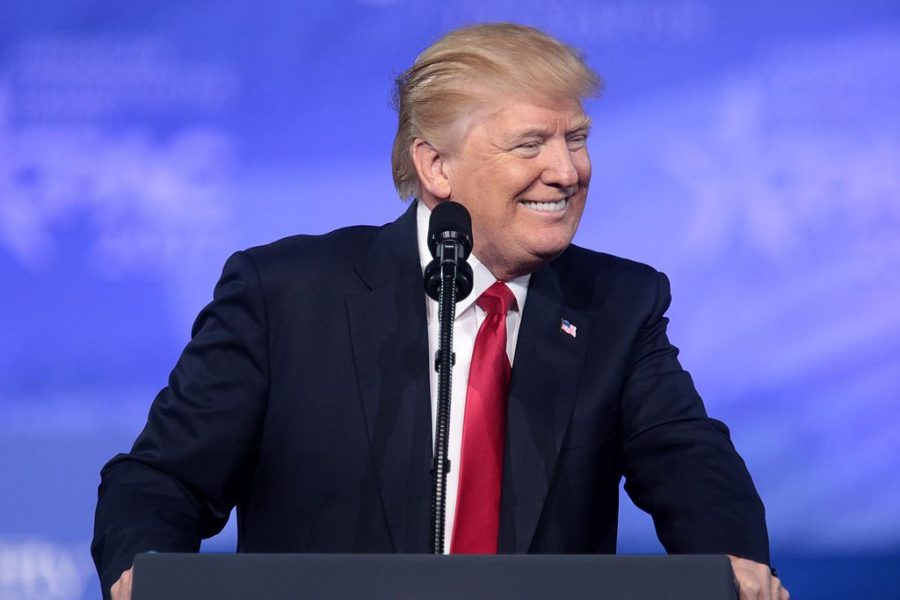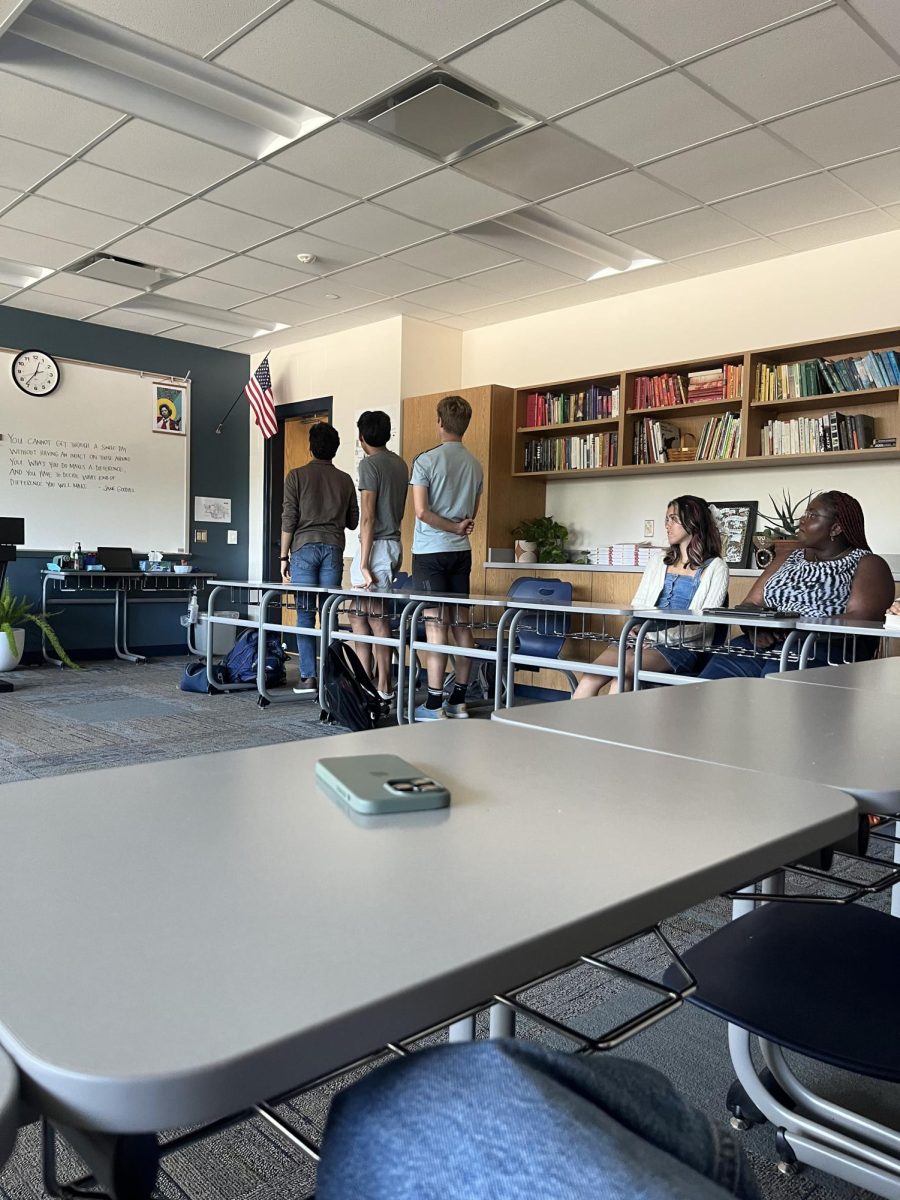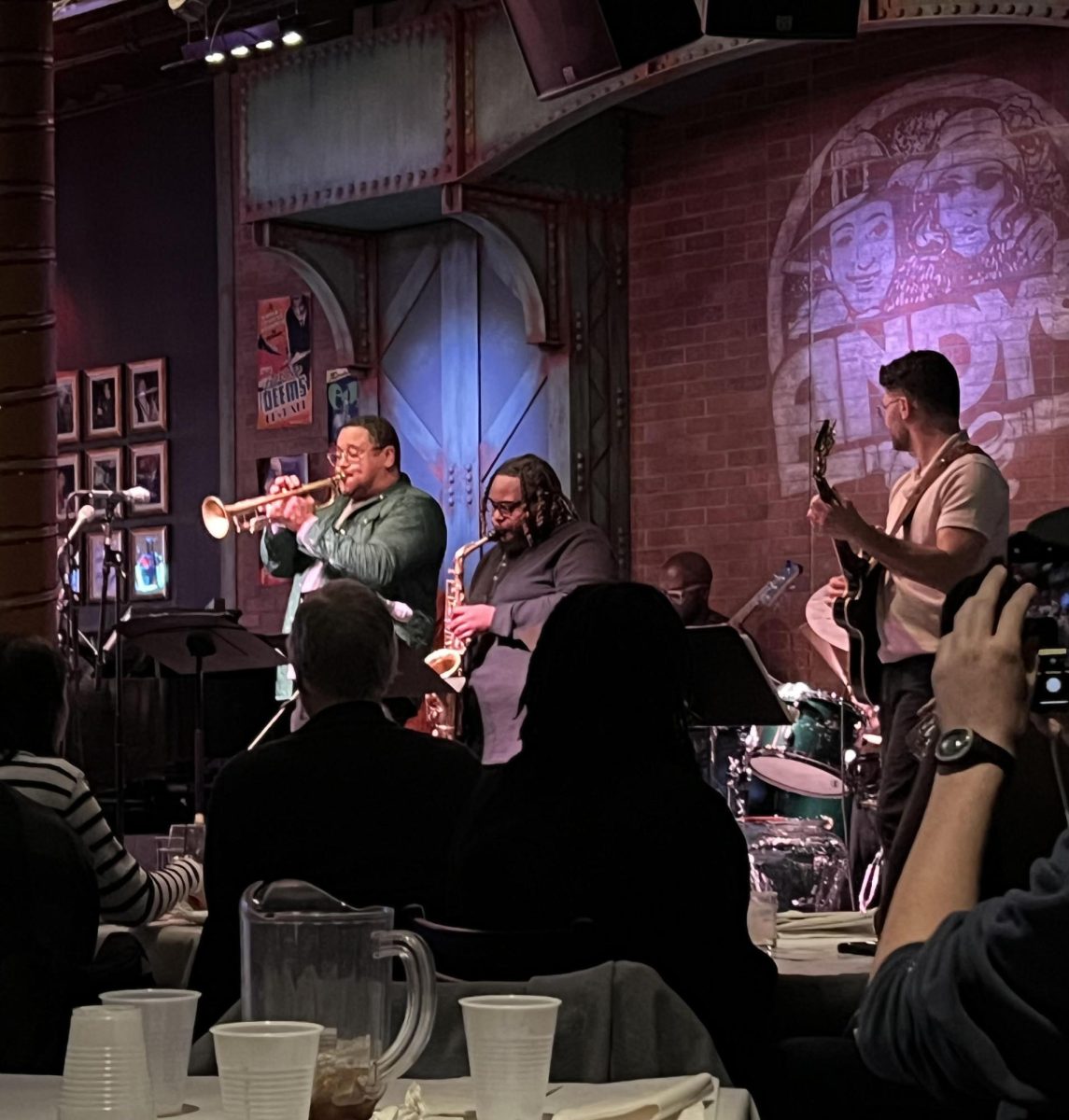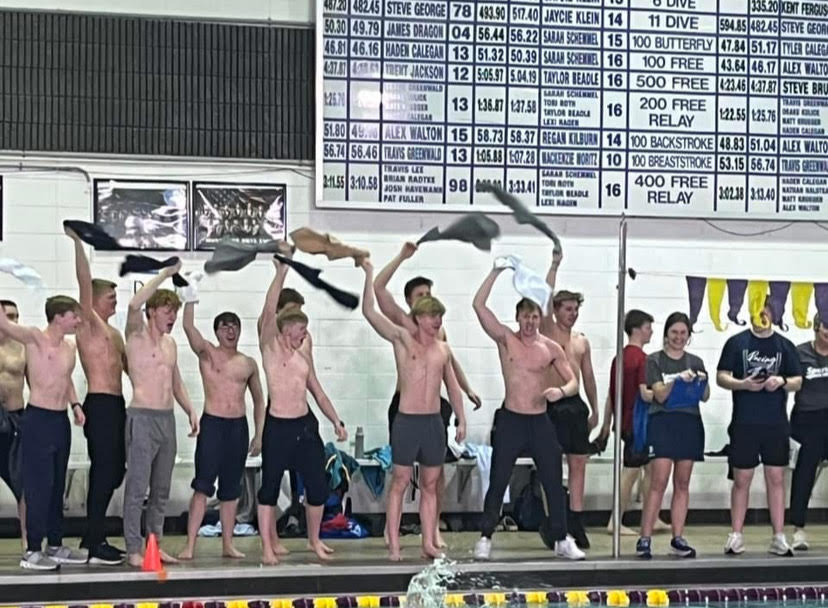Recent mass school shootings across the nation have sparked a wave of activism previously unseen in our country. The newfound fervor to rectify our current gun crisis has drawn praise and adulation from some, but scorn and derision from others.
Recently, a well-written article published in the Shield’s opinion section, “On School Shootings,” criticized the movement and the perceived short-sightedness of those standing behind it.
According to the author, the current frenzy to enact change “relies [too much] on the momentary, the intricate and the easily manipulated circumstances.”A few mass shootings, a few more motivated and articulate students, then suddenly a national movement has arisen to restrict the use of guns, a change that does not begin to touch the core of the problem. The problem with our current gun crisis, however, is far more complex and intricate–a problem of sociology and inner conflict which public policy does little to correct.
This was the message I interpreted from the article, and I believe some of it is true. A ban on assault rifles would not eradicate gun violence in this country. The author stated, “This issue is far larger than just firearms. It is individuals, who are truly in hell, malevolently attacking humanity.” I do agree with a good portion of that statement; if our country solely consisted of decent, sane human beings, gun violence would become irrelevant.
This is where we reach a disagreement, however.
According to the author, the proper focus is not on band-aid solutions, but on the eternal, the permanent; if we are not addressing the root of the problem, then we are addressing the problem incorrectly. Banning assault weapons would not fully solve the problem, which therefore means it is not the correct step. Conversely, I believe that the “band-aid solution” of restricting gun rights is the necessary first step.
No, it would not stop all gun violence–few rational people would argue it would. However, even an slight reduction in gun violence initially would constitute a victory. Saving even a few lives would make the legislative ordeal worthwhile. Such a bill would also mark a turning point for our country, enabling us to move further towards legislation that would more resoundingly reduce gun violence.
I, too, am focused on long-term solutions to mitigate gun violence as best as we possibly can; this is why I look globally for examples of nations who have done so. Nearly unanimously, the nations with the lowest gun violence rates are the nations with the most stringent gun laws. We as a nation must move towards the model other nations have exemplified.
Step by step, we must continue to implement the same gun laws employed by other nations. We need background checks and psych evaluations for those who wish to purchase guns. We need wait times for gun purchases; if a person needs to buy a gun immediately, they probably should not be able to buy one. The list goes on and on. Eventually, our laws must continue to lead us towards a gun-free society.
The former statement might seem vague, which is understandable. I am not an expert on gun policy, nor do I wish to devolve fully into an analysis of gun laws. I merely want the U.S. to mirror, more or less, the gun laws of nations such as Japan, Australia or Germany.
While successfully reaching similar gun laws to those nations undoubtedly falls under the category of “optimism and intricate utopianism,” I do not believe such a goal is unachievable. We have a blueprint for success from other nations on how to enact stringent gun laws, and none of these blueprints involve the conservative solutions many American politicians are pushing for. I challenge anyone to find an example of a country who dealt successfully with its gun violence by arming its teachers.
Of course, the gun culture ingrained in the United States is far more entrenched than in countries like the United Kingdom or Australia who successfully implemented strict gun restrictions. But, if we are determined to reach long term solutions, like the author desired, we will surmount such obstacles.
Changing America’s culture will be difficult and will take time–perhaps generations. The initial reactions from staunch gun supporters will be difficult to weather. Meaningful change may take years to come. However, if our goal is to create permanent success, such a struggle is inevitable. By acting sooner rather than later, we minimize the conflict our nation will undoubtedly face.
The author mentioned the Second Amendment, a part of our Constitution that he and other conservatives often use to defend the right to own firearms. The amendment was written centuries ago, established to allow citizens of America to protect themselves against an oppressive government. At the time, such protection was realistic; citizens owned the same firearms as government soldiers and could organize and fight in a similar manner. Today, such defense is no longer a reality.
Our government possesses weapons of war that no citizenry armed merely with guns could hope to match. The Constitution is a living document. In the past, we have altered its contents as our society progressed. As written, the Second Amendment remains archaic, sorely in need of alteration to reflect the realities of the 21st century.
The right to self defense, while important, serves only as a means to an end. Self-defense is necessary to ensure one’s safety and the safety of others, but is not a black and white issue. Already, we deem that certain weapons do not promote safety. Armed tanks are illegal, as are ballistic missiles and other weapons of similar magnitude. As a society, we must now shift that spectrum to include guns. Safety is not promoted when people own weapons capable of taking lives with impunity.
The author made a point I touched on earlier–our gun problems in this country stem from psychological issues in individuals. Arguing that government policy does not affect these individuals from committing their heinous acts, he then put forth an interesting statistic: 26 of the last 27 mass shooters in this country grew up fatherless.
Without a positive masculine figure, these children became more susceptible to the nihilism and anti-humanism which the author talked about at length. This may be true–it certainly wouldn’t surprise me if it were. However, I have two problems with the use of such a statistic.
The first is that proffering such a statistic indicates that by tackling fatherlessness we can make progress on gun violence. Successfully reducing fatherlessness would necessitate an undertaking far more complex than changing the gun culture in the United States.
I cannot envision a plan to meaningfully increase the levels of fatherhood in our country. Ban divorce? Mandate that those who conceive out of wedlock marry? Financially incentivize males to stay with their children? Such ideas are in jest, but I honestly do not see viable measures that would make a noticeable change. Fatherlessness, for the foreseeable future, is an intrinsic part of our nation.
The second, a more important complaint with the use of the statistic, is the ubiquity of such a statement. All countries suffer from fatherlessness yet not all countries deal with the level of gun violence displayed in the United States. One might guess that perhaps the U.S. suffers from greater levels of fatherlessness, thus explaining the discrepancy. This, however, is not the case.
According to the Organization for Economic Cooperation and Development, the U.S. has fewer fatherless households than Great Britain and similar fatherlessness levels to other developed countries like France and Sweden. Fatherlessness, or other socioeconomic problems, do not differentiate greatly between the U.S. and the rest of the developed world. They too deal with similar issues, but also experience greatly reduced levels of gun violence. The only striking disparity lies in the stark difference between our gun laws and the gun laws in developed countries worldwide.
The issue of gun violence is undoubtedly complex, but we are not its pioneers; other nations have already navigated all of its travails. If we truly desire a long term solution to gun violence, we will embark on the path those nations have paved. The marches and activism seen today are not just fighting for a “band-aid solution,” but rather fighting for the first step to join the other nations that have successfully reduced gun violence.

